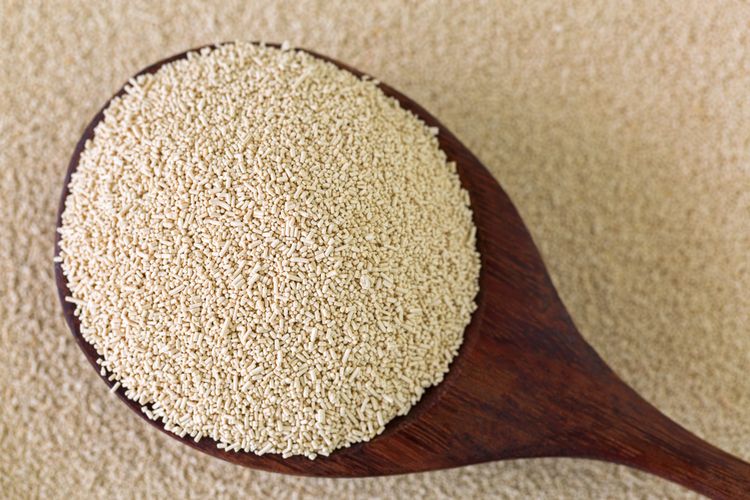
Yeast has long been recognized for its ability to break down various nutrients, including lipids. Research indicates that certain yeast strains can accumulate more than 25% of their dry weight in lipids. Yeast offers several advantages over other biological sources of lipids, notably its rapid doubling time of less than one hour. Biodiesel, a renewable and biodegradable fuel that produces less environmental pollution, has garnered significant attention in recent years. Current biodiesel production relies on resources such as oilseeds, animal fats, and vegetable oil residues. However, the high cost of raw materials presents a challenge to biodiesel production, prompting researchers to seek alternative solutions.
Microbial oils hold promise for biodiesel production due to their short production cycles, resistance to seasonal and climatic variations, and ease of cultivation. Among microorganisms, yeast stands out as a viable candidate for industrial biodiesel production due to its fast growth rate and high lipid content.
Microorganisms capable of accumulating lipids more than 20% of their dry cell weight are termed lipid-producing microorganisms. Utilizing quick and straightforward methods to study production conditions and microbial growth in culture media is crucial for controlling biotechnological product output. Microbial oils can yield valuable compounds in a short time and at reasonable costs. For instance, the recent decline in cocoa plant yields has hampered cocoa butter production, leading to higher prices. Lipid-producing microorganisms offer significant potential to produce oil as a cocoa butter substitute. Cocoa butter’s unique composition, containing equal amounts of palmitic and oleic acids, is rare in nature but can be mimicked by certain yeasts.
Lipid-producing yeasts have several advantages over other microbial sources, such as their short doubling times, minimal seasonal and climatic influences, and easier cultivation compared to algae. Additionally, yeasts can utilize various lipid sources in their culture media, allowing them to modify their lipid composition by incorporating environmental fatty acids. Due to the diversity of microorganisms and growth conditions, lipid-producing yeasts are promising sources for triglycerides, surfactants, and unsaturated fatty acids.
These lipids can be used to produce specific unsaturated fatty acids for medicinal purposes or to enrich foods such as infant formulas. The experimental process in this study was divided into four stages: inoculum preparation, production environment preparation, determination of lipid and ion cell biomass, and comparison with existing literature.
During inoculum preparation, yeast strains were first cultured on YPD for two days, then transferred to 100 mL Erlenmeyer flasks containing 20 mL of pre-production media. This medium had 15 g/L glucose and 0.5 g/L yeast extract with a pH of 5, incubated at 30°C and 150 rpm for 48 hours. For the production environment, 5 mL of inoculum was combined with 45 mL of production media in 250 mL Erlenmeyer flasks. Lipid content was determined by extracting extracellular lipids using the Bligh and Dyer method.
The impact of ammonium sulfate concentrations (0.5, 1, and 1.5 g/L) on lipid production was measured. The effect of glucose concentrations (50, 75, and 100 g/L) on lipid production was also investigated. Temperature settings of 20 and 30°C, aeration at 150 and 200 rpm, incubation times of 24, 48, 72, and 96 hours, and pH levels of 5, 5.5, 6, and 6.5 were evaluated to determine their effects on lipid content. The study found that increasing ammonium sulfate concentration, glucose concentration, incubation time, and pH level enhanced lipid production, dry biomass, and lipid yield per dry weight. Optimal conditions were identified as 1 g/L ammonium sulfate, 100 g/L glucose, 20°C, 150 rpm aeration, 72-hour incubation, and pH 6.5.
The research concluded that lipid-producing yeast holds significant potential for industrial applications, as demonstrated by the promising results under the specified conditions.
Source Article : https://unair.ac.id/peran-lemak-pada-produksi-ragi-dalam-mengurangi-limbah-industri-makanan/
Reference : https://www.scielo.br/j/cta/a/JZmr4VZbZ9j5kxMVw9QBXcD/?format=pdf&lang=en